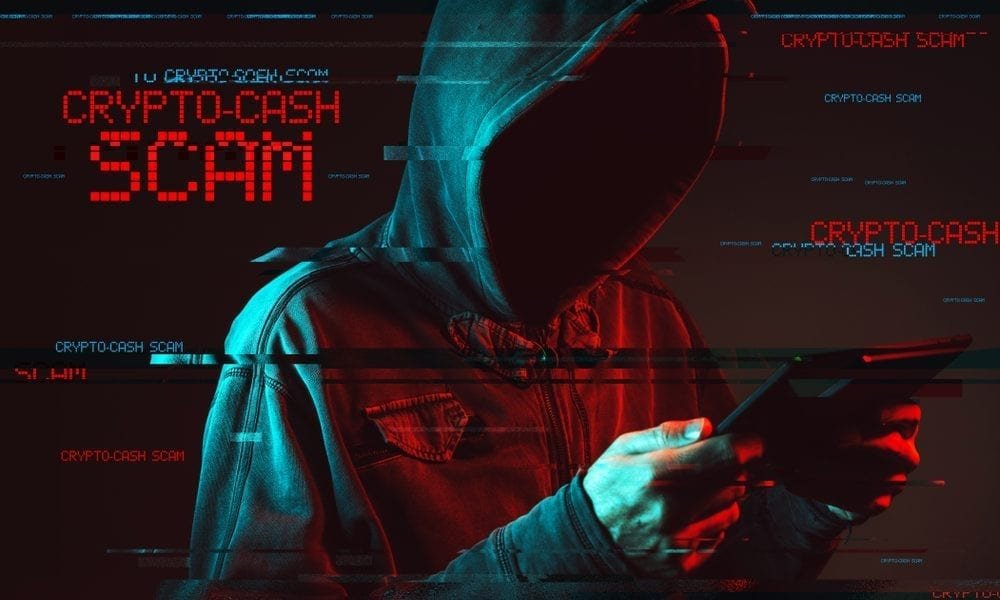Introduction
Cryptocurrency is reshaping the financial world, offering decentralization, transparency, and innovation. Yet, with this rapid growth comes a dark side—crypto scams. From fake wallets and phishing emails to elaborate rug pulls, scammers are becoming increasingly sophisticated in stealing digital assets.
If you’re investing in crypto or just getting started, it’s essential to understand the most common types of scams and the security practices that can help you avoid them. This comprehensive guide breaks down major scam types and offers clear, actionable strategies for wallet protection and scam prevention.
1. Phishing Scams
Phishing scams are perhaps the most widespread and dangerous threat to crypto users. These scams involve tricking users into revealing sensitive information like private keys, seed phrases, or exchange credentials.
How It Works:
Fake Emails: You receive an email that looks like it’s from Binance, Coinbase, or another major exchange, asking you to log in or verify your account.
Fake Websites: You click the link in the email and land on a site that looks identical to the official one but is a copy designed to steal your credentials.
DApp Pop-Ups: Browser-based scams may imitate legitimate decentralized applications (DApps) and prompt users to “connect wallet,” stealing funds once access is granted.
Real-World Example:
In 2022, a fake Metamask support website scammed users out of millions by encouraging them to “recover” their wallet using their seed phrase.
How to Avoid It:
Bookmark official websites and never click links from unsolicited messages.
Enable two-factor authentication (2FA).
Never share your seed phrase with anyone—even support agents.
2. Rug Pulls
Rug pulls are common in the DeFi (Decentralized Finance) and altcoin space. These occur when developers create a token or platform, build hype, and then withdraw all investor funds, disappearing without a trace.
Types of Rug Pulls:
Liquidity Rug Pull: Developers remove all the liquidity from a token’s pool, making it unsellable.
Smart Contract Backdoors: Hidden code disables token transfers or allows developers to mint unlimited coins.
Soft Rug Pulls: The team simply abandons the project without fulfilling promises.
Example:
The infamous Squid Game Token rose over 75,000% before crashing. Developers walked away with an estimated $3 million in investor money.
How to Avoid It:
Research the development team—do they have a proven track record?
Look for audited smart contracts and liquidity locks.
Avoid FOMO (Fear of Missing Out); genuine projects have fundamentals, not just hype.
3. Pump-and-Dump Schemes
These schemes involve artificially inflating the price of a token through coordinated buying and social media promotion, followed by mass dumping of tokens, causing the price to collapse.
How It Works:
Influencers or Telegram groups hype a little-known token.
Thousands buy in, inflating the price.
The initial group sells at the peak.
Late investors are left with worthless coins.
How to Avoid It:
Be cautious of tokens promoted heavily by influencers without transparency.
Check trading volume and liquidity—low-volume coins are more prone to manipulation.
Never invest in something just because it’s “going to the moon.”
4. Fake Airdrops and Giveaways
This type of scam plays on greed by offering users “free crypto.” All the victim needs to do is send a small amount first or input their wallet seed phrase. Of course, once they do, their funds are stolen.
How It Works:
A fake social media account poses as a major crypto figure (e.g., Vitalik Buterin).
They post about a “limited-time” giveaway.
Victims are asked to send a small amount of crypto to receive more in return.
Or, they’re directed to a site asking for their wallet details.
How to Avoid It:
Real giveaways never ask you to send money first.
Avoid clicking links from social media posts unless you’ve verified the source.
Don’t trust screenshots of others claiming they received payments—it’s part of the scam.
5. Malware and Fake Wallets
Another method scammers use involves distributing malicious wallet apps or browser extensions. These fake apps look and function like real ones but are programmed to send your funds to the scammer once you initiate a transaction.
Examples:
Fake Metamask clones on Google Play Store.
Browser extensions that simulate Metamask but change the receiving address.
How to Avoid It:
Download wallet software only from official websites or app stores.
Use a hardware wallet like Ledger or Trezor for large amounts.
Double-check addresses before sending any funds.
6. Impersonation & Fake Support
Crypto users often seek help in online communities like Discord, Telegram, or Reddit. Scammers take advantage by pretending to be support agents.
How It Works:
You post a support request in a public forum.
A scammer DMs you pretending to be from the official team.
They ask for access to your wallet or your seed phrase.
How to Avoid It:
No legitimate support team will ever DM you first or ask for your private keys.
Always contact support through verified websites or portals.
Ignore unsolicited DMs from “admins.”
Best Practices for Crypto Security
Now that you understand the major types of crypto scams, here’s how to defend yourself:
✅ Use a Hardware Wallet
Hardware wallets like Ledger or Trezor keep your private keys offline and safe from internet threats.
✅ Never Share Your Seed Phrase
Write it down on paper or a metal backup. Never store it in your email, notes app, or cloud storage.
✅ Use Strong Passwords and 2FA
Create long, unique passwords and use an authenticator app (like Google Authenticator) instead of SMS for two-factor authentication.
✅ Double-Check Every Link
Whether it’s a website, DApp, or email link—double-check the domain. Bookmark official sites to avoid phishing.
✅ Limit Token Approvals
Use tools like Revoke.cash to check and remove unnecessary token permissions from your wallet.
✅ Keep Software Updated
Update your wallet apps, extensions, antivirus, and operating system regularly to stay protected from known vulnerabilities.
✅ DYOR: Do Your Own Research
Don’t rely on hype or influencers. Read whitepapers, review roadmaps, check code audits, and ask hard questions.
Conclusion
Crypto offers financial freedom—but it comes with risks. Scammers are smart, relentless, and creative. However, you can stay one step ahead by understanding how scams work and implementing strong security practices.
Whether you’re a beginner or a seasoned investor, protecting your crypto isn’t optional—it’s essential.
Start with the basics: secure your wallet, avoid suspicious links, and remember—if it sounds too good to be true, it probably is.





